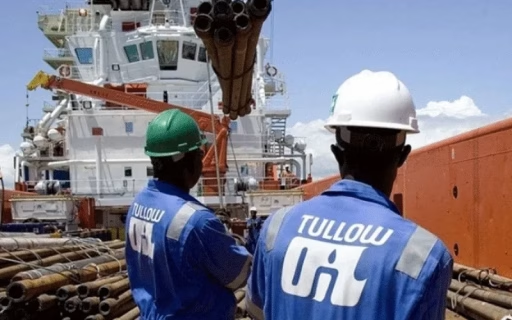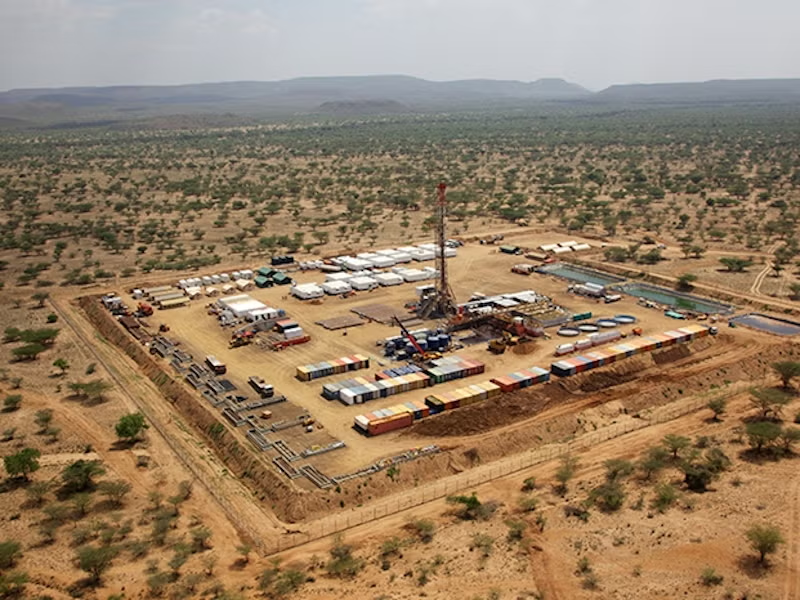UK-based Tullow Oil has acquired an extension of 6 months to submit Kenya’s oil development plan in Turkana. The subtle setback postpones the country’s hopes of benefitting from its oil potential in its oil venture bid. Together with its local partner, Gulf Energy Ltd they have been issued an additional 6 months to submit the Field Development Plan (FDP). Once submitted, it is required to move the project into the production phase. The FDP outlines how oil will be extracted, transported and marketed from Turkana’s oil-rich Lokichar Basin. Without the plan, the government will be unable to issue production licenses. This means the companies involved will be unable to launch a full-scale oil extraction operation. The extension will run until December 2025, as confirmed by Energy and Petroleum Regulatory Authority (EPRA) Director-General Daniel Kiptoo.
Also read:
US to fund the construction of an oil pipeline in Kenya
The Scope of Implementation on Kenya’s Oil Development Plan
Kenya’s oil development plan entails various scopes of implementation with Gulf Energy expected to revise parts of the FDP before submission. The company has agreed to purchase Tullow’s stake in the project earlier this year. Full production of oil in Kenya has not been achieved. One of the reasons is mainly because the country lacks the necessary infrastructure. For instance, a steady pipeline to transport oil from Turkana to the coast for export has been a biting problem for decades. Tullow Oil announced in April 2025 that it was selling its interest in the Kenyan oil blocks to Nairobi-based Gulf Energy.

The firm aims to reduce its debt burden after years of financial pressure and stalled progress. However, the transaction is heavily contingent upon the completion of the FDP. Oil was first discovered in Turkana in 2012, with residents and the country at large gaining hope of an economic revolution. However, despite pilot exports of crude oil to Mombasa via trucks, no commercial production has taken place in 13 years. There are a number of of factors, including financial hurdles, infrastructure challenges and delays in regulations. Kenya’s oil development plan aims to ensure that this aspect should be feasible.
Also read:

